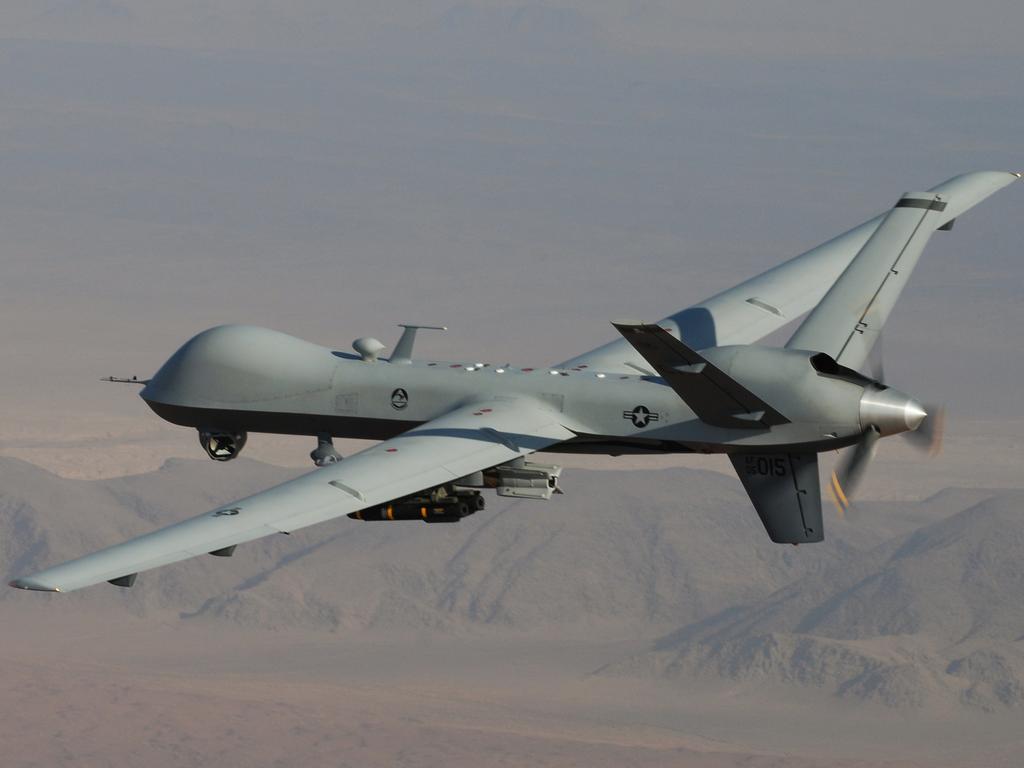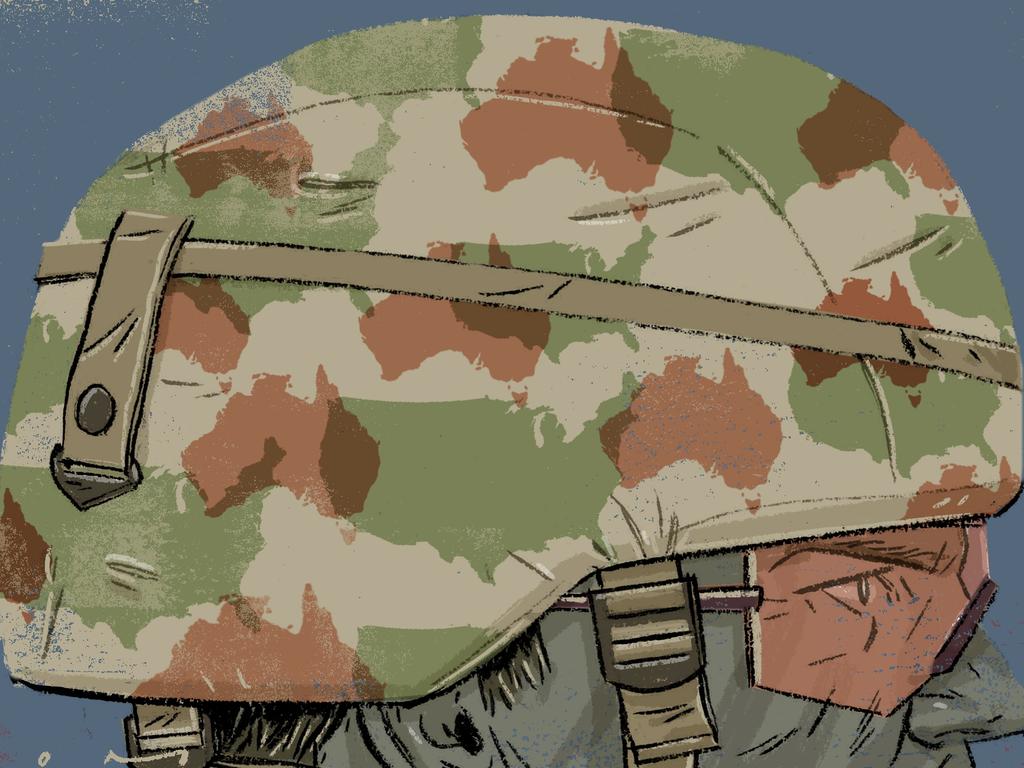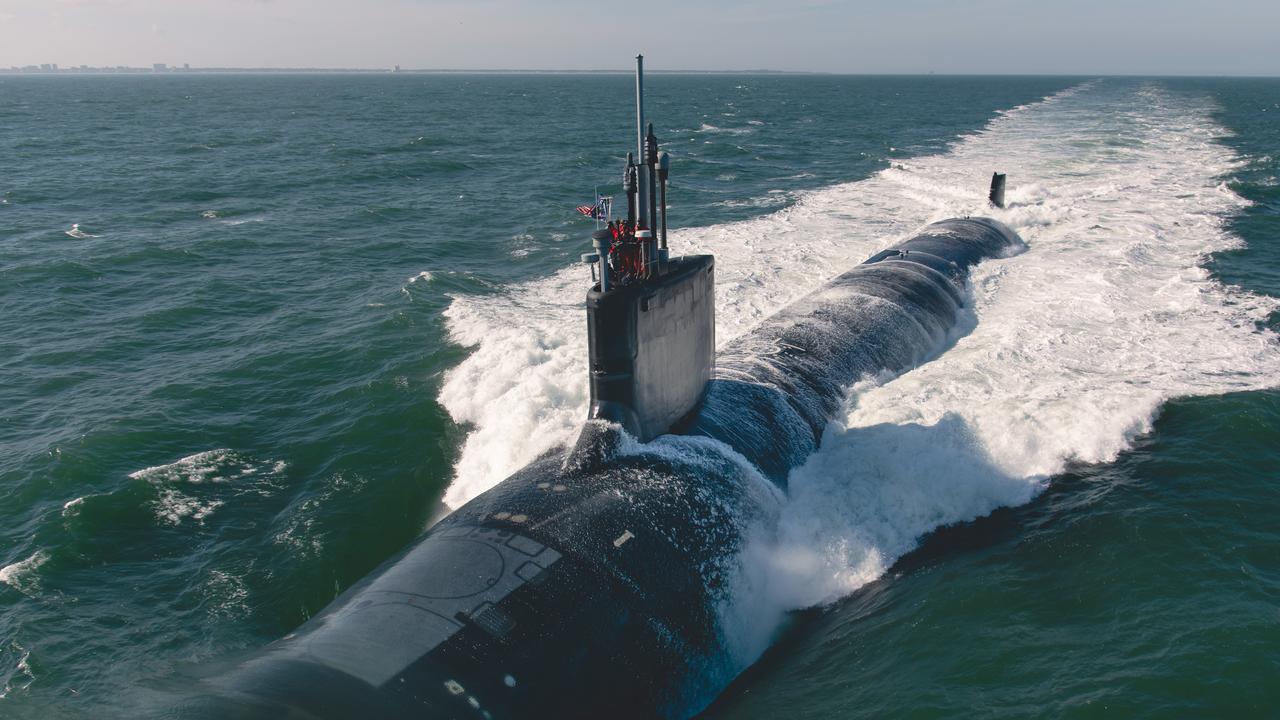Subs: we’ll punch above our weight
Australia’s new fleet of Attack-class submarines will give the nation ‘a power status well beyond its size and weight’, says former navy chief Tim Barrett.

Australia’s requirements for its new fleet of Attack-class submarines, including long range and extreme stealth, will give the nation “a power status well beyond its size and weight”, former chief of navy Tim Barrett says.
Writing in a new publication on the Future Submarine program, the retired vice admiral says the $90bn boats will provide “a disproportionate return on investment”, offering “potent lethality” far from Australia’s own coastline if conflict becomes unavoidable.
Amid ongoing controversy over the submarine program, including arguments over delays and costs, the new Australian Strategic Policy Institute special report argues there is no “off the shelf” option that could meet all of Australia’s requirements.
It says Australia needs a large submarine with great endurance — which the French-designed boats promise — to collect intelligence and detect targets in busy waterways far from home.
But the report also warns the new boats must be designed to accommodate new technologies, including unmanned underwater vehicles that will become extensions of the submarines’ weapons systems.
As the government works to regain public support for the program, Defence Minister Linda Reynolds says the decision to build 12 “regionally superior” submarines in Australia was “ambitious but necessary”. “Building submarines isn’t easy — the risks are high — but the reward is great,” she writes in the report.
“We’ll carefully consider our choice of technology and industry partners over the long life of this program to ensure the best possible outcome for the ADF.”
Mr Barrett, who was chief of navy from 2014-18, says Australia’s motivations to purchase as-yet undesigned boats include the tactical need for “unrivalled stealth” and lethality, and the ability to project power over long distances.
“While our own island geography provides some protection, it also means that the maritime battlespace becomes more difficult close to our coastline — it’s better to take the battle to an adversary’s shoreline where its ships and submarines have little to no effect and are easier to find,” he writes.







